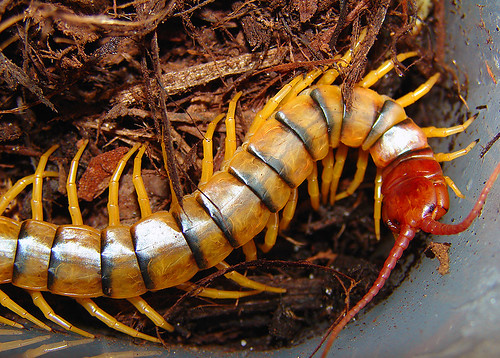In the vast realm of the insect world, where millions of species exist, there are those that command our attention not through size or beauty, but through their deadly potential. The world’s most poisonous insects represent nature’s perfect balance of efficiency and lethality, evolving complex toxins that can incapacitate creatures thousands of times their size. While many venomous creatures like spiders and scorpions often dominate discussions of dangerous arthropods, certain true insects possess toxins of remarkable potency. This exploration takes us into the fascinating yet alarming world of the most poisonous insect, examining how such a small creature can wield such tremendous power over life and death, and why understanding these tiny killers matters for both scientific advancement and human safety.
Distinguishing Venom from Poison
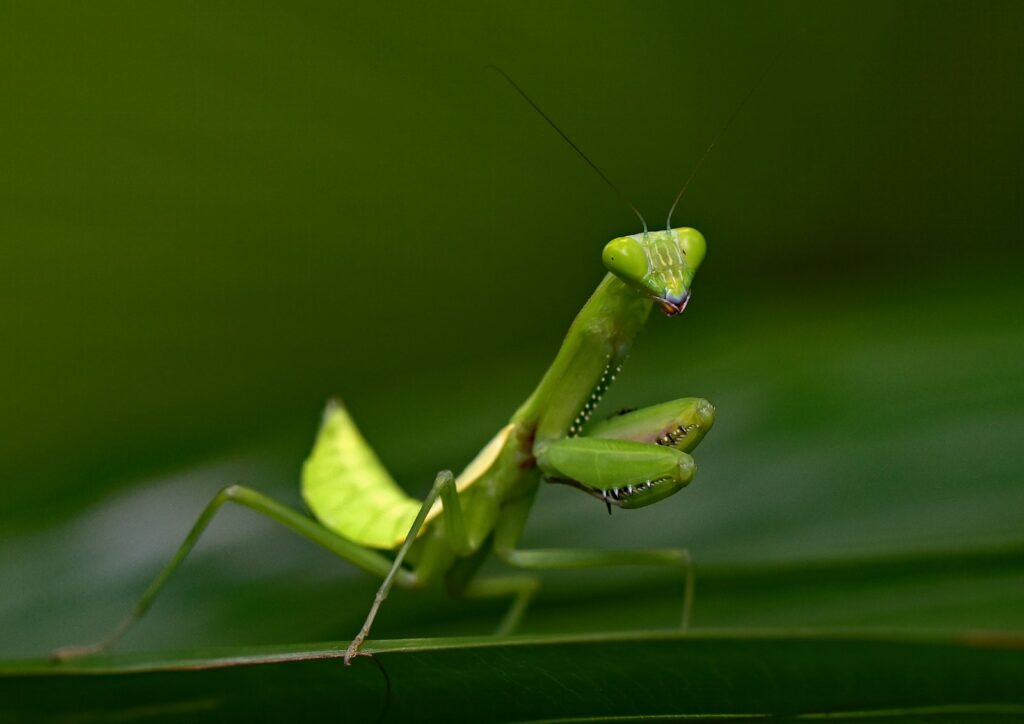
Before identifying the most poisonous insect, it’s crucial to understand the distinction between venom and poison, terms often used interchangeably but with fundamental differences. Venomous creatures actively deliver toxins through specialized structures like stingers, fangs, or spines, injecting their target with a carefully evolved chemical weapon. Poisonous organisms, however, contain toxins passively, typically harming predators that attempt to consume them or entities that come into contact with their toxic substances. Most insects considered “poisonous” are actually venomous, delivering their toxic payload through stings or bites, though some true poisonous insects exist that secrete toxic compounds through their skin or contain harmful substances in their tissues. This distinction becomes important when analyzing the mechanisms and evolutionary purposes behind these deadly adaptations.
The Blister Beetle: Tiny Powerhouse of Toxicity
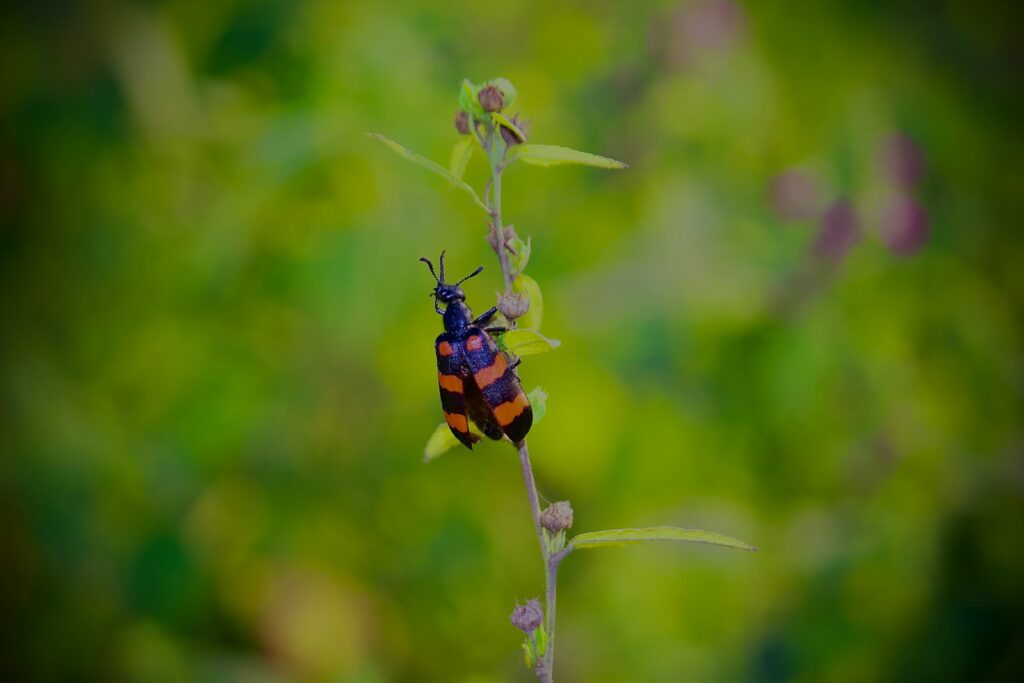
Among the contenders for the world’s most poisonous insect, the blister beetle (family Meloidae) stands out with its remarkable toxicity. These unassuming insects produce cantharidin, a powerful defensive compound that causes severe blistering upon contact with skin and can be lethal if ingested. With over 2,500 species worldwide, blister beetles have been responsible for numerous deaths of livestock, particularly horses that accidentally consume hay contaminated with crushed beetle bodies. A single horse can die from ingesting as few as 4-6 grams of dried beetles, highlighting the exceptional potency of cantharidin, which weight-for-weight is more toxic than many snake venoms. Historically, cantharidin extracted from blister beetles has been used in traditional medicine and notoriously as “Spanish fly,” an alleged aphrodisiac that has caused numerous poisonings and deaths.
Cantharidin: The Blistering Toxin
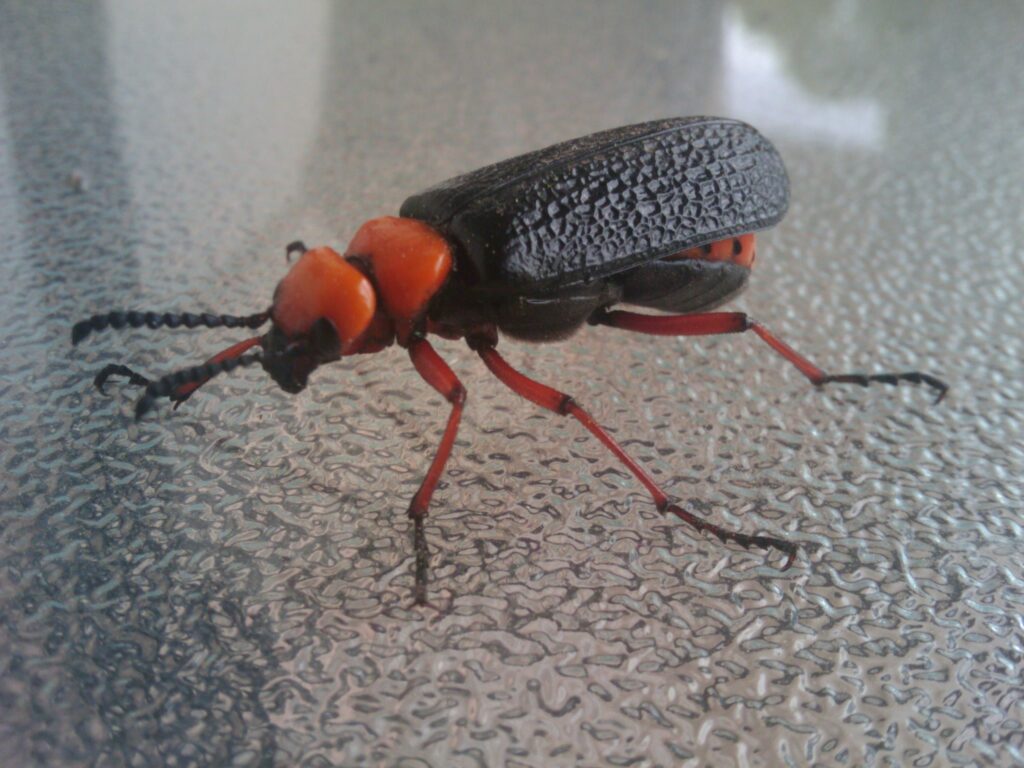
Cantharidin, the toxic compound produced by blister beetles, is a remarkable chemical weapon with devastating effects on living tissues. This colorless, odorless substance works by inhibiting phosphatase enzymes, which leads to the breakdown of cellular structures and the formation of painful blisters when in contact with skin. At the molecular level, cantharidin disrupts the cell membranes, causing fluid to accumulate beneath the skin’s outer layer, resulting in the characteristic blisters that give these beetles their common name. When ingested, the toxin attacks the digestive tract and kidneys, potentially causing severe inflammation, bleeding, and ultimately renal failure. With a lethal dose in humans estimated at just 10-65 mg, cantharidin’s potency places it among the most powerful naturally occurring toxins, comparable to strychnine and some of the more dangerous snake venoms.
The Harvester Ant’s Deadly Sting

The Maricopa harvester ant (Pogonomyrmex maricopa), native to the southwestern United States, possesses what is scientifically measured as the most toxic insect venom known to science. The venom of this seemingly ordinary ant is approximately 25 times more potent than that of the honeybee, containing a complex mixture of proteins, enzymes, and other compounds designed to cause intense pain and tissue damage. Laboratory studies have shown that the LD50 (the amount required to kill 50% of test subjects) of harvester ant venom is remarkably low, making it, drop for drop, more deadly than rattlesnake venom. Fortunately for humans, these ants deliver very small amounts of venom in a single sting, though multiple stings can cause severe reactions and even death in those with allergic sensitivities. The extreme potency of their venom serves as both a hunting tool and a powerful deterrent against the ant colony’s natural predators.
The Assassin Bug’s Lethal Injection

Assassin bugs (family Reduviidae) represent another category of highly venomous insects with particularly potent toxins. These predatory insects use their specialized rostrum—a needle-like mouthpart—to inject a potent cocktail of enzymes and toxins into their prey, effectively liquefying the internal organs for easy consumption. The assassin bug’s venom contains powerful proteolytic enzymes that break down tissue, paralytic compounds that immobilize prey, and pain-inducing components that serve as effective deterrents against predators. For humans, the bite of certain assassin bug species can cause intense pain, tissue necrosis, and severe allergic reactions in sensitive individuals. Beyond their direct toxicity, some assassin bug species, particularly the “kissing bugs” (subfamily Triatominae), are vectors for Chagas disease, a potentially life-threatening parasitic infection affecting millions of people in Latin America.
The Asp Caterpillar’s Painful Poison
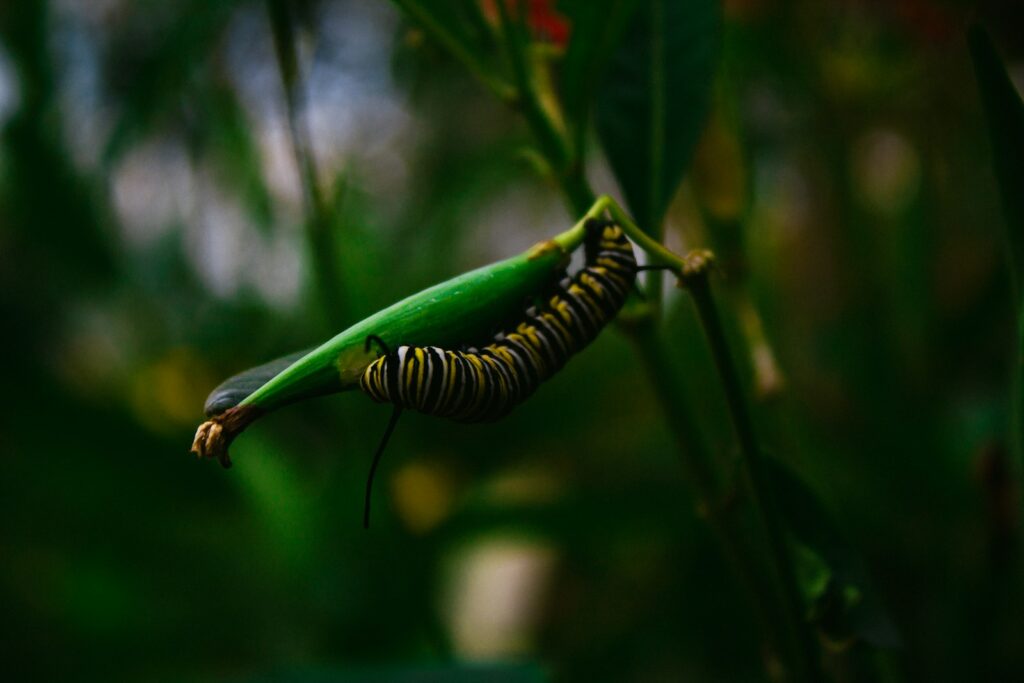
The asp caterpillar (Megalopyge opercularis), also known as the puss caterpillar or woolly slug, represents one of the most painfully venomous insect larvae in North America. Despite its innocent, fuzzy appearance, this caterpillar’s soft spines conceal hollow tubes connected to poison glands that deliver an intensely painful toxin upon contact. Victims report pain comparable to a broken bone or blunt trauma, with symptoms sometimes radiating to other parts of the body and lasting for days. The complex venom contains histamine-like compounds, inflammatory agents, and neurotoxic components that create the characteristic intense pain reaction. Medical complications from asp caterpillar stings can include headaches, nausea, vomiting, intense anxiety, and in severe cases, respiratory distress and shock. The deceptively cute appearance of these caterpillars makes them particularly dangerous to curious children who might be tempted to touch their soft-looking exterior.
The Fire Ant’s Fiery Venom

Fire ants (genus Solenopsis) have earned worldwide notoriety for their aggressive behavior and painful stings that affect millions of people annually. These invasive insects deliver a unique venom composed primarily of alkaloid compounds called solenopsins, which produce a characteristic burning sensation that gives these ants their common name. Unlike many insect venoms that are protein-based, fire ant venom consists of oil-like compounds that are highly stable and cause the formation of sterile pustules on the skin within 24 hours of a sting. For most people, fire ant stings result in localized pain and itching, but approximately 1% of the population experiences severe allergic reactions that can be life-threatening without prompt medical intervention. The invasive red imported fire ant (Solenopsis invicta) has been implicated in dozens of human deaths in the United States alone, primarily through anaphylactic reactions to their stings.
The Monarch Butterfly’s Chemical Defense
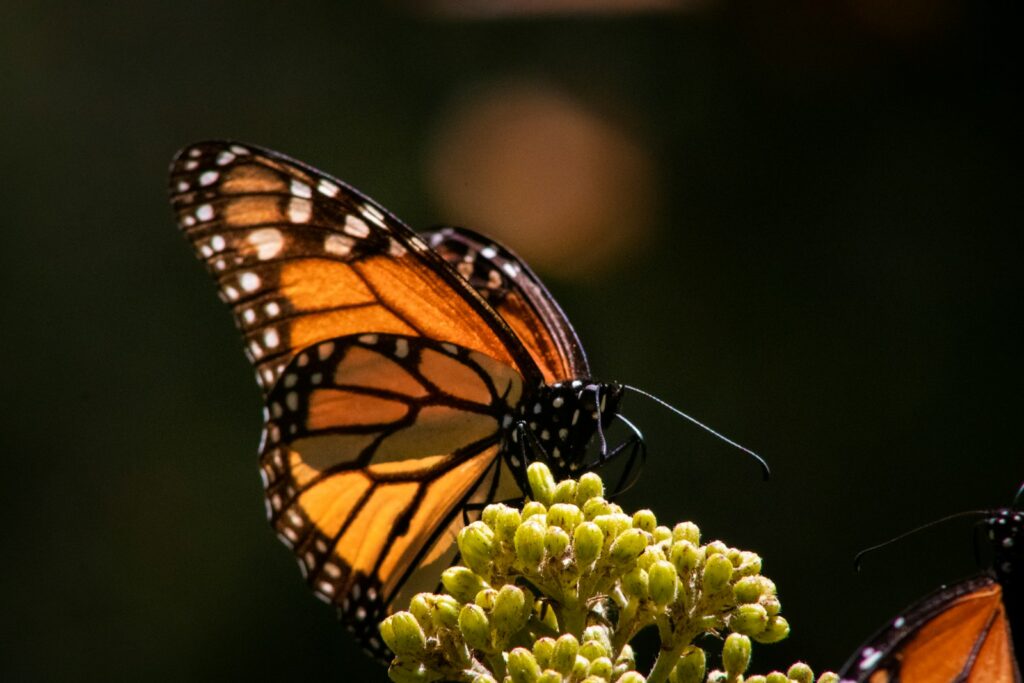
The monarch butterfly (Danaus plexippus) represents one of the few truly poisonous insects, as opposed to venomous ones, with a remarkable defensive strategy that begins in its larval stage. Monarch caterpillars feed exclusively on milkweed plants containing cardiac glycosides, toxic compounds that disrupt heart function in vertebrates. Rather than breaking down these toxins, monarchs sequester them in their tissues, making both the caterpillar and the adult butterfly unpalatable and potentially deadly to predators. This chemical defense is advertised through the butterfly’s bright orange and black aposematic (warning) coloration, a clear signal to potential predators that consuming this insect would be dangerous. While not directly harmful to humans through casual contact, consuming monarch butterflies could potentially cause cardiac distress, making them a fascinating example of a passively poisonous insect that weaponizes plant toxins for its own protection.
The Giant Silkworm Moth’s Toxic Spines
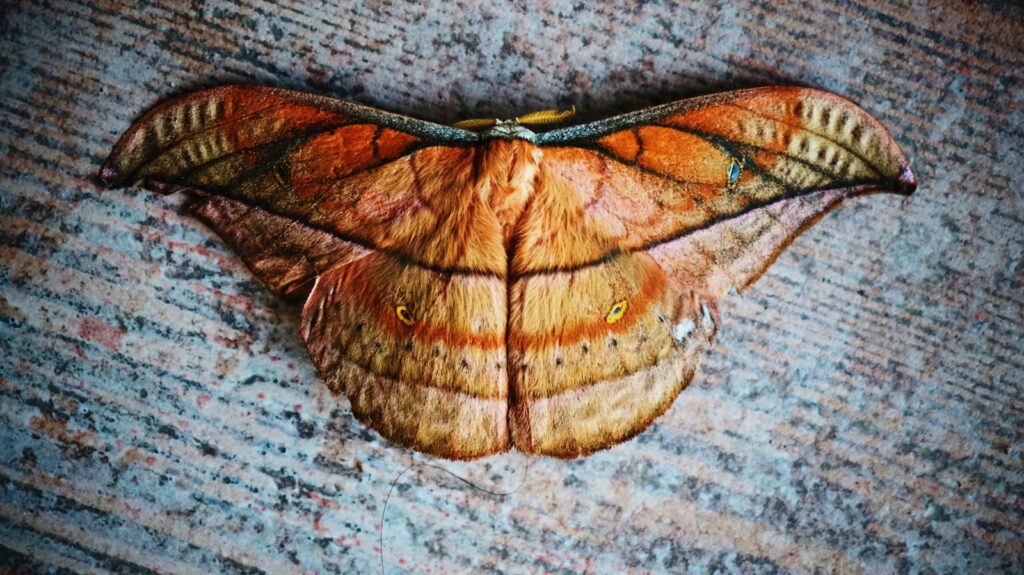
The caterpillars of the giant silkworm moth, particularly species like Lonomia obliqua from South America, possess one of the most dangerous insect toxins known to affect humans. These seemingly innocuous caterpillars are covered in spine-like bristles that contain a powerful anticoagulant venom, capable of causing severe hemorrhaging in victims. Contact with these caterpillars leads to a syndrome called lonomiasis, characterized by bruising, hemorrhaging, headaches, nausea, and potentially fatal renal failure if left untreated. The venom works by inhibiting blood clotting factors, creating a condition similar to hemophilia that can persist for weeks after the initial contact. In parts of southern Brazil, these caterpillars have been responsible for dozens of documented human deaths, prompting public health warnings during outbreak seasons. The potency of Lonomia venom has attracted significant scientific interest, as modified versions of its anticoagulant compounds show potential for treating certain cardiovascular conditions.
Evolutionary Purpose of Insect Toxins
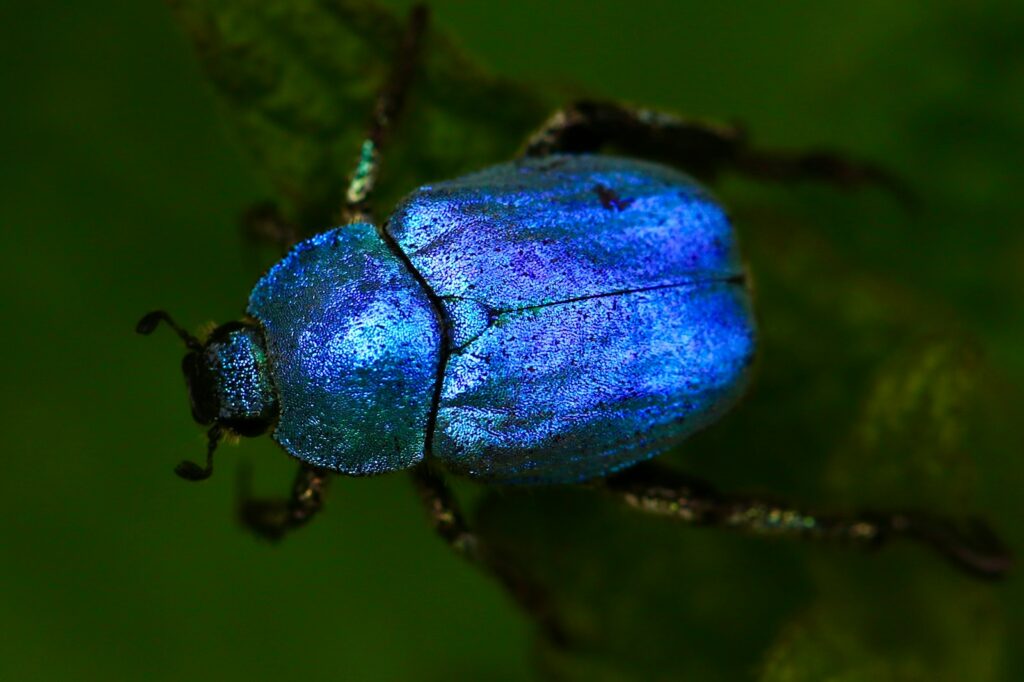
The evolution of such potent toxins in insects represents a fascinating example of natural selection’s power to create chemical defenses far more sophisticated than human-made equivalents. For most toxic insects, their venoms or poisons developed primarily as defensive adaptations, allowing small, vulnerable creatures to deter much larger predators through pain, illness, or the threat of death. In other cases, particularly among predatory insects like assassin bugs and certain ants, venoms evolved as hunting tools, allowing them to subdue prey much larger than themselves. The metabolic cost of producing such complex toxic compounds is significant, explaining why many poisonous insects have slower metabolisms, reduced reproductive rates, or specialized diets that help them acquire or synthesize their toxic components. This evolutionary investment in chemical defense often coincides with aposematic (warning) coloration or behaviors that advertise the insect’s dangerous nature, maximizing the defensive value of their toxins while minimizing actual confrontations.
Medical Implications and Treatments
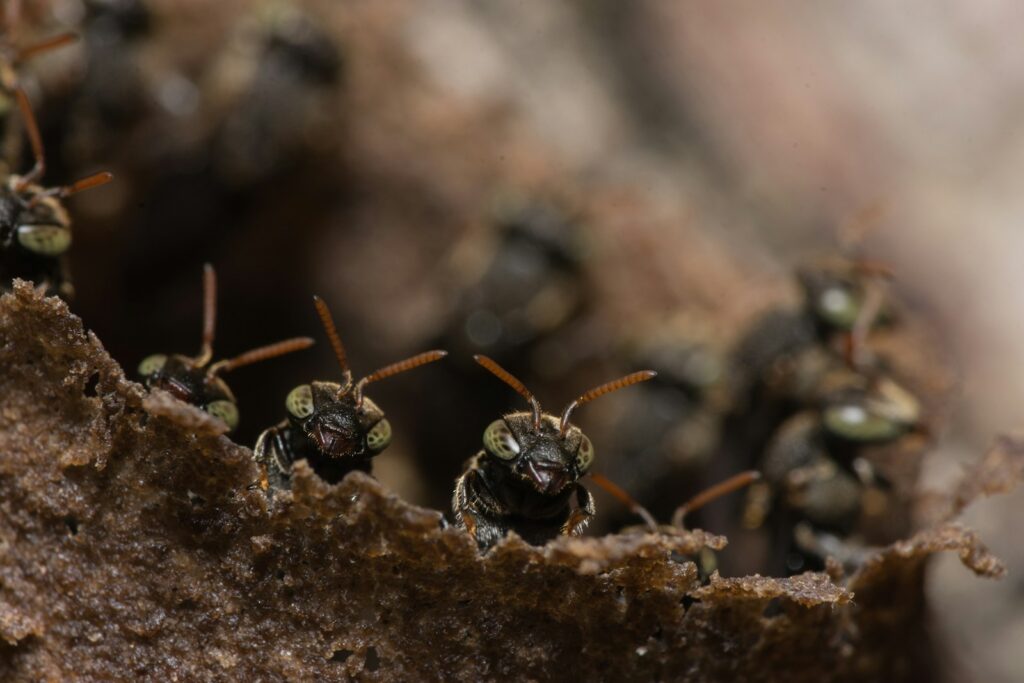
Encounters with highly toxic insects can present significant medical challenges, with treatment approaches varying widely depending on the specific toxin involved. For most venomous insect stings, immediate care focuses on pain management, controlling inflammation, and preventing secondary infections through cleaning and appropriate antibiotic use when necessary. Severe reactions often require antihistamines, corticosteroids, and in cases of anaphylaxis, emergency epinephrine administration followed by intensive monitoring. For unique toxins like those of the Lonomia caterpillar, specific antivenoms have been developed, though availability may be limited to regions where such envenomations are common. The medical community has recognized the value in studying these toxic compounds, with several insect-derived molecules showing promise as templates for new drugs, including pain medications, anti-cancer agents, and cardiovascular treatments. Proper identification of the responsible insect is crucial for appropriate treatment, as management strategies differ significantly between various types of insect toxins.
Conservation and Ecological Importance
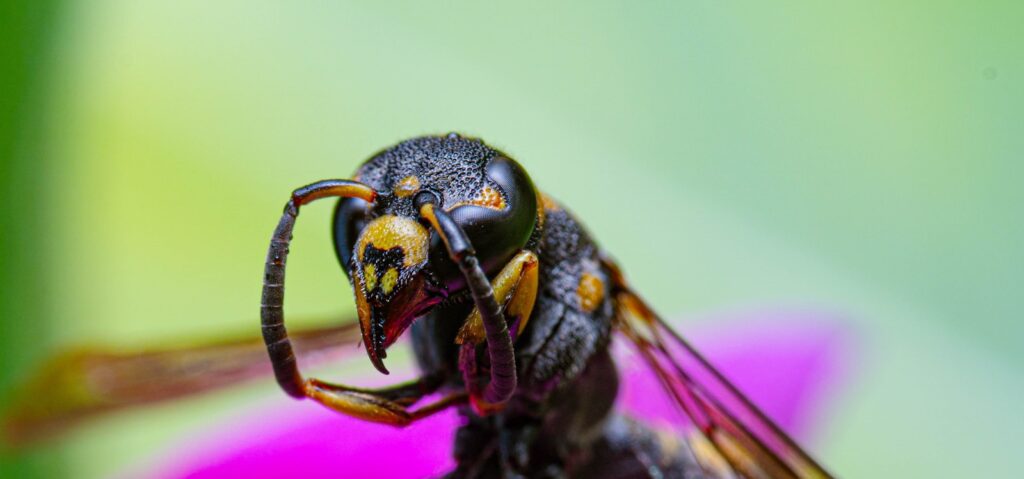
Despite their potential danger to humans, toxic insects play vital roles in their ecosystems and often deserve conservation attention rather than eradication efforts. Many venomous insects serve as important pollinators, pest controllers, or critical food sources for specialized predators that have evolved immunity to their toxins. The monarch butterfly, with its cardiac glycoside defenses, represents an iconic species whose populations have declined dramatically due to habitat loss and climate change, highlighting how even poisonous insects face substantial conservation challenges. Research into toxic insects also yields valuable insights into chemical ecology, evolutionary biology, and potential pharmaceutical applications that would be lost if these species disappeared. Conservation efforts must balance legitimate human safety concerns with the recognition that even the most venomous insects typically use their toxins defensively rather than aggressively, with human envenomations often resulting from accidental encounters rather than targeted attacks.
Global Distribution and Climate Change Impacts
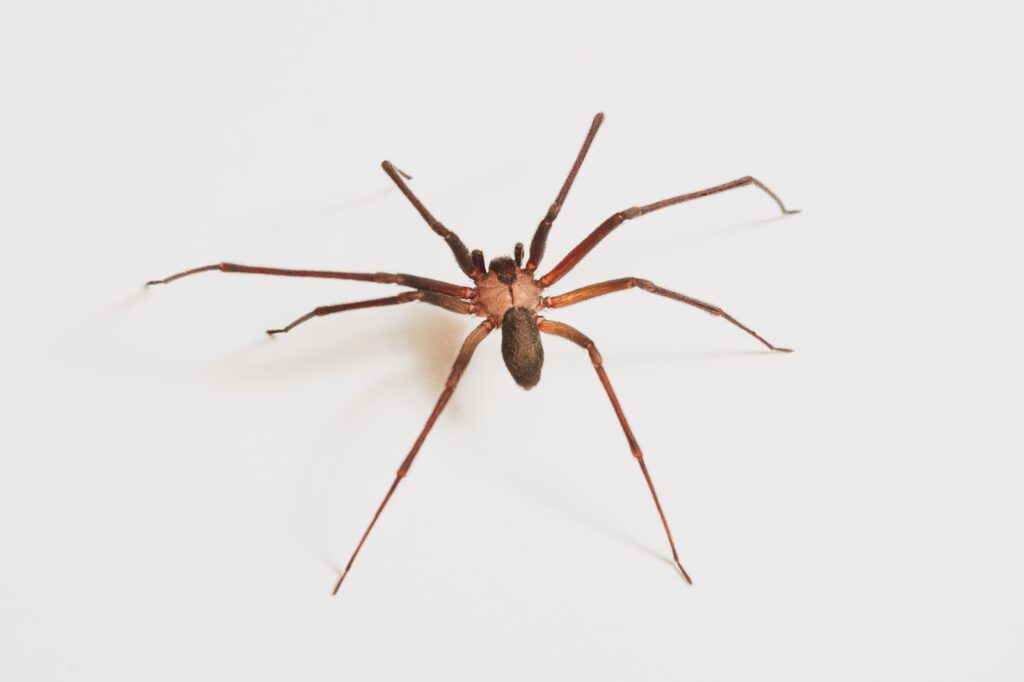
The distribution of the world’s most venomous insects is undergoing significant shifts due to climate change and human activity, creating new public health challenges in previously unaffected regions. Warming temperatures have allowed tropical and subtropical venomous species to expand their ranges poleward, bringing potentially dangerous insects into contact with populations unaccustomed to their presence. The fire ant’s ongoing invasion across the southern United States exemplifies how globalization can transport venomous species to new continents, while changing agricultural practices have increased human exposure to toxic insects like blister beetles. Climate-driven changes in seasonal timing also affect toxic insect populations, potentially creating mismatches between their life cycles and those of their natural predators, sometimes resulting in population booms and increased human-insect encounters. Public health systems in newly affected regions often require rapid development of identification resources, treatment protocols, and prevention strategies to address these emerging threats effectively.
Conclusion
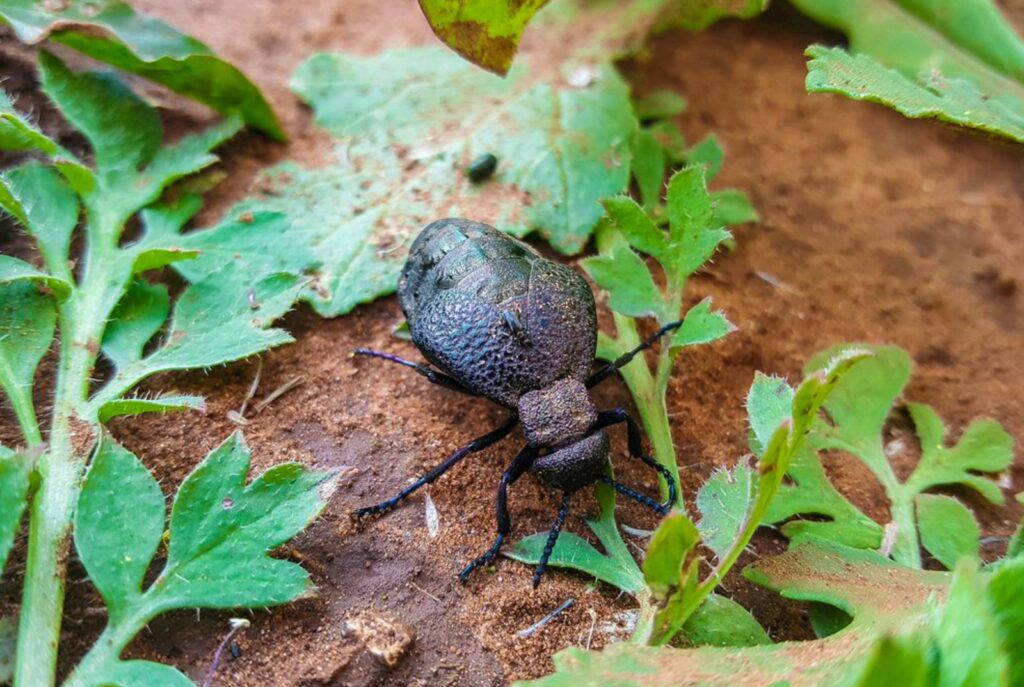
The realm of toxic insects reveals nature’s remarkable capacity to develop chemical defenses and weapons of astonishing potency. From the hemolytic venom of the Lonomia caterpillar to the blistering toxin of the Meloidae beetles, these small creatures wield chemical arsenals that command respect from organisms thousands of times their size. While no single species can definitively claim the title of “most poisonous insect” across all metrics, each represents an evolutionary marvel of chemical synthesis and deployment. Understanding these toxic organisms serves multiple purposes—improving medical treatments for envenomations, developing new pharmaceutical compounds based on their unique toxins, and fostering appropriate caution in our interactions with the natural world. As we continue to alter habitats and climate patterns globally, our relationship with these powerful but small creatures will undoubtedly continue to evolve, requiring ongoing research, education, and conservation efforts to maintain a balanced coexistence.

